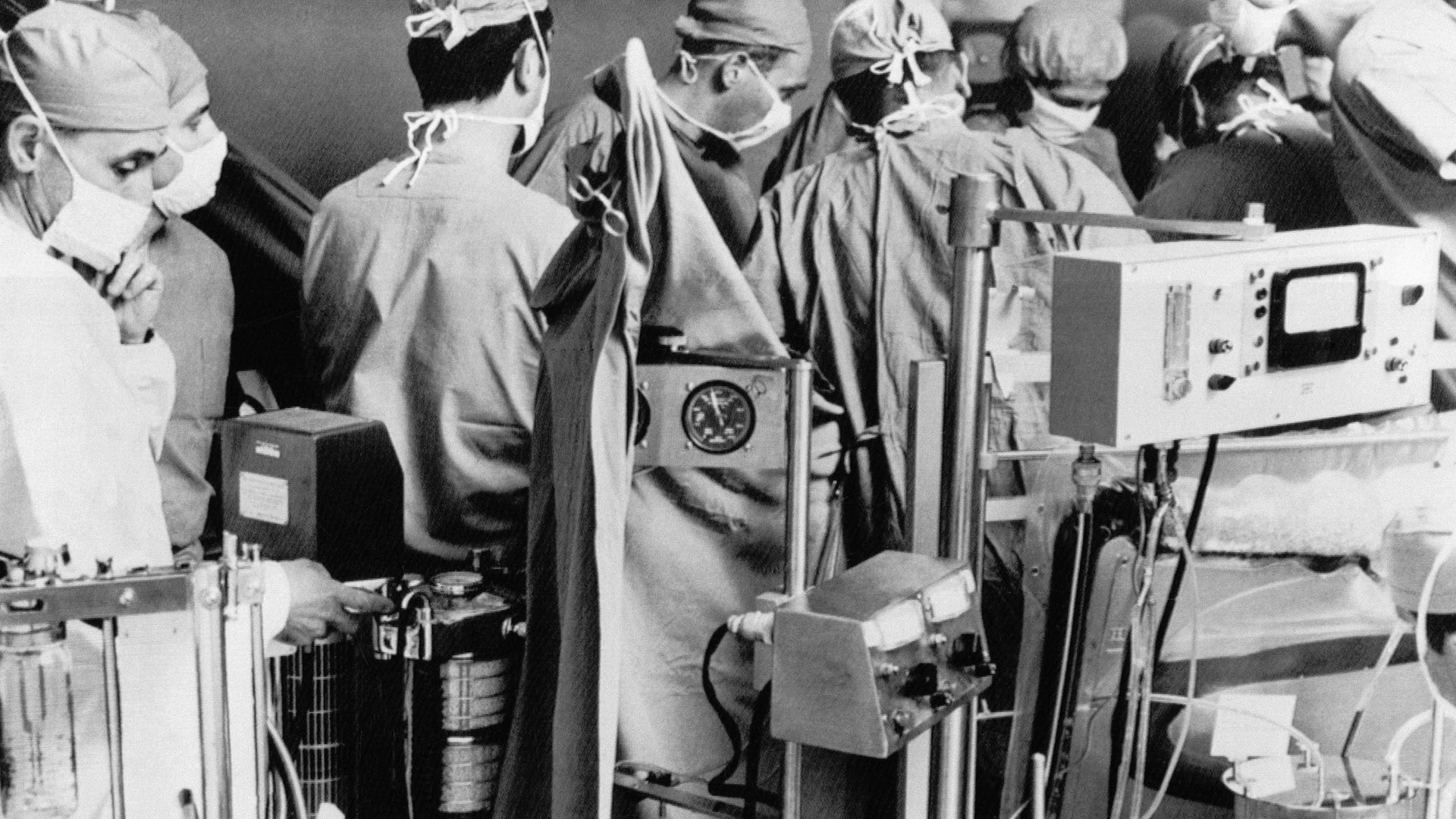Modern heart transplants owe their origins to a fungus found in the dirt
Fifty years ago today (Dec. 3), Denise Darvall, a South African woman in her mid-20s, died in a car crash. Her death was tragic, but had a silver lining: it catalyzed one of the most important medical breakthroughs in modern history.


Fifty years ago today (Dec. 3), Denise Darvall, a South African woman in her mid-20s, died in a car crash. Her death was tragic, but had a silver lining: it catalyzed one of the most important medical breakthroughs in modern history.
Christiaan Barnard, the senior cardiothoracic surgeon at the Groote Schuur Hospital in Cape Town, had for years been practicing heart transplants on dogs. When Darvall came into the hospital, Barnard had a patient, Louis Washkansky, who was dying of diabetes and heart failure.
When the doctors who tried to save Darvall’s life noticed, after her death, that her heart was otherwise healthy, and that she had the same blood type as Washkansky, Barnard jumped into action. Within a span of five hours, made history as he completed the first successful human heart transplant.
“On Saturday, I was a surgeon in South Africa, very little known. On Monday, I was world renowned,” he said, according to PBS.
Surgeons around the world were hopeful the development would soon lead to thousands of lives saved. But their patients kept dying; even after successful surgeries, their bodies wouldn’t accept their new organs. Although there were drugs that could suppress the immune system, they were so potent that transplant recipients couldn’t fight off any infections; Washkansky himself died from pneumonia just 18 days after receiving his new heart. After all these failures, the number of heart transplant surgeries plummeted from 100 in 1968 to just 18 in 1970.
Two years after the first heart transplant and about 9,400 miles (15,000 km) away from South Africa, the Swiss microbiologist Jean-Francois Borel was taking a vacation (paywall) in Norway. His employer, a biomedical company called Sandoz Laboratories (now owned by the pharma giant Novartis), encouraged (pdf) employees to take soil samples when they traveled, in the hopes that one day they’d stumble across a potential new drug.
Borel’s Norwegian soil sample turned out to hold the key to the heart-transplant problem. Back at the lab, he discovered that the soil contained bits of a naturally-occuring mold called Tolypocladium inflatum. The species, it turned out, is the asexual form of a known fungus called Cordyceps subsessilis. In its sexual state, C. subsessilis is a parasite that takes over the muscles of scarab beetles, and doesn’t have much value for human health. In its assexual state, however, T. inflatum produces a group of compounds called cyclopeptides that Borel discovered, through tests on lab mice, seemed to suppress the exact immune cells involved in organ-transplantation rejection.
From there, Borel’s fungal discovery had to clear a couple more research hurdles before its approval. After four years working to turn the compounds into useful human drugs, in 1973 Sandoz almost abandoned researching the compound after the company estimated it would have needed another $250 million to put the drug through the clinical trials mandated by the FDA (over $1.3 billion in 2017 dollars). At the time, the market for immunosuppressant drugs for transplant patients was tiny. Transplants then were unpopular, due to their poor long-term results…because the field lacked effective immunosuppressants.
Luckily, scientists at the British Society of Immunologists convinced Sandoz that these peptides could potentially treat common types of inflammatory diseases like rheumatoid arthritis, which made them a better bet to make back the anticipated costs of research and development. In 1983, the US Food and Drug Administration approved (paywall) cyclosporine under the brand name Sandimmune.
“Cyclosporine was revolutionary,” says Howard Eisen, a cardiologist surgeon at Drexel University College of Medicine. It works by limiting only the immune cells that would attack the new organ, leaving the rest of the immune systems intact. It also keeps chronic inflammation at bay. With cyclosporine, transplant patients actually had a shot to live with their new hearts. Shortly after the drug’s approval, transplants skyrocketed, and as of June 30, 2016, there had been over 135,000 successful heart transplants, according to the International Society for Heart and Lung Transplantation.
The drug was never perfect: in the doses originally prescribed, cyclosporine severely damaged kidneys and was found to be a potential carcinogen, Ellis says. Today, all transplant recipients are given a combination of three separate immunosuppressant drugs, including a lower dose of cyclosporine, to mitigate these side effects. That said, the development of cyclosporin was a game-changer. Without its discovery, additional advances in the field of heart transplantation would likely have been slower or never even happened. Though its origins are humble, the drug’s impact has been extraordinary.